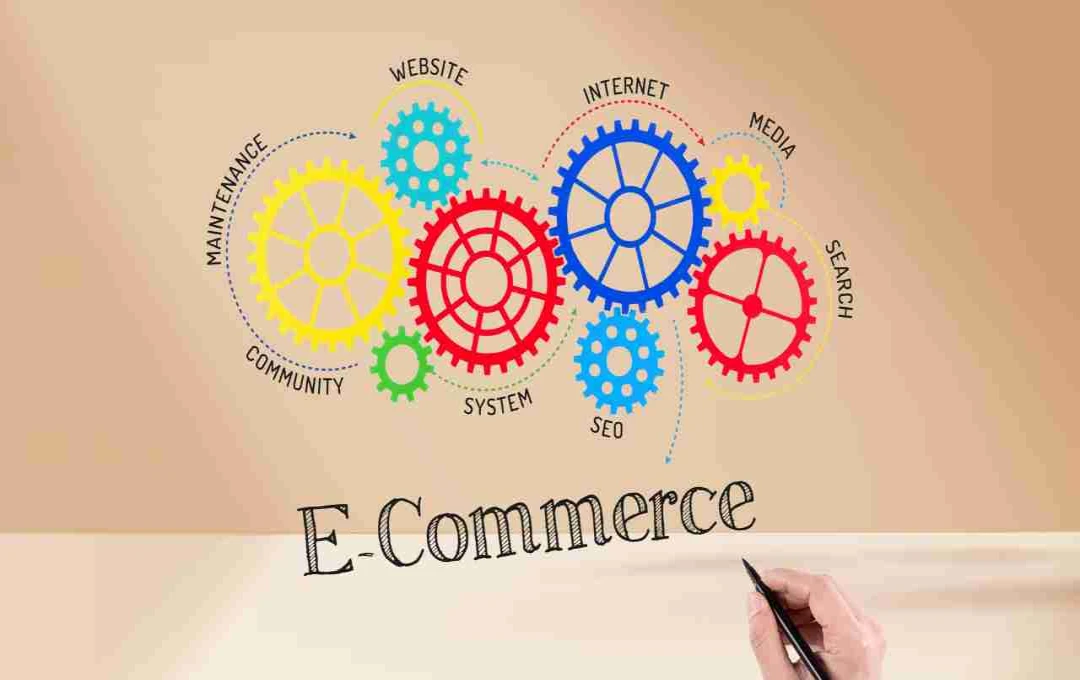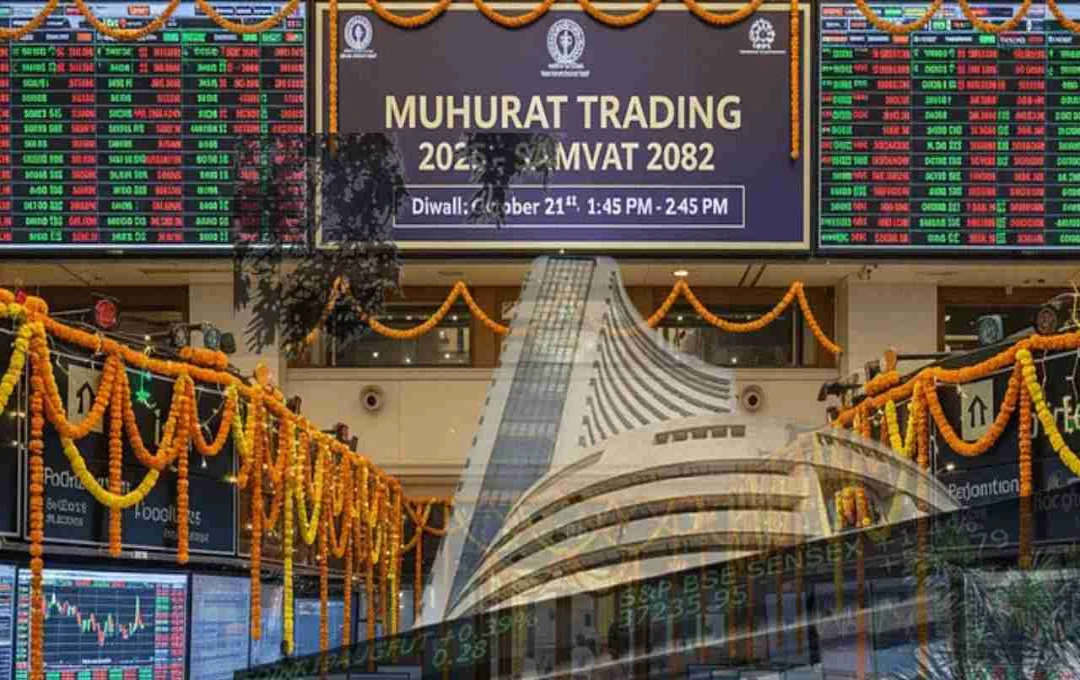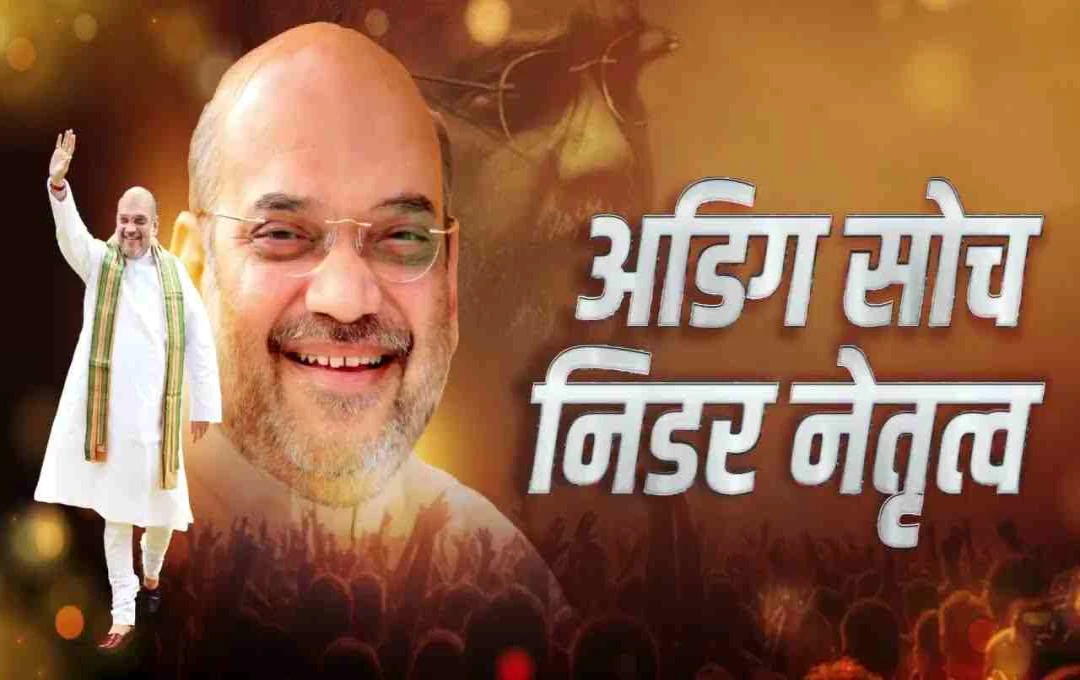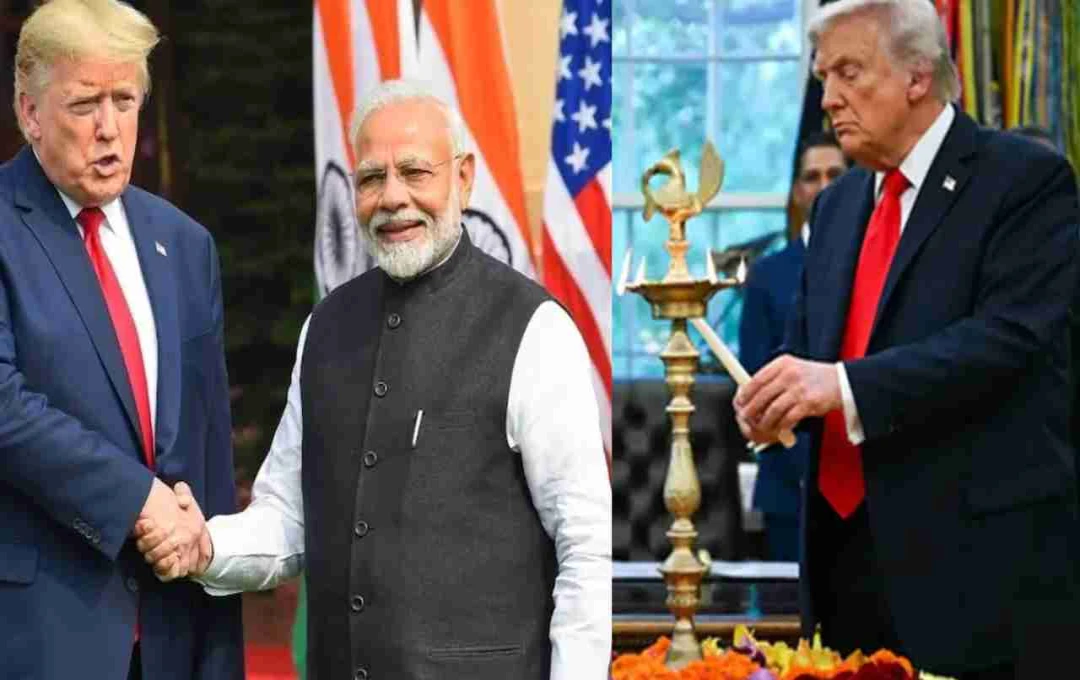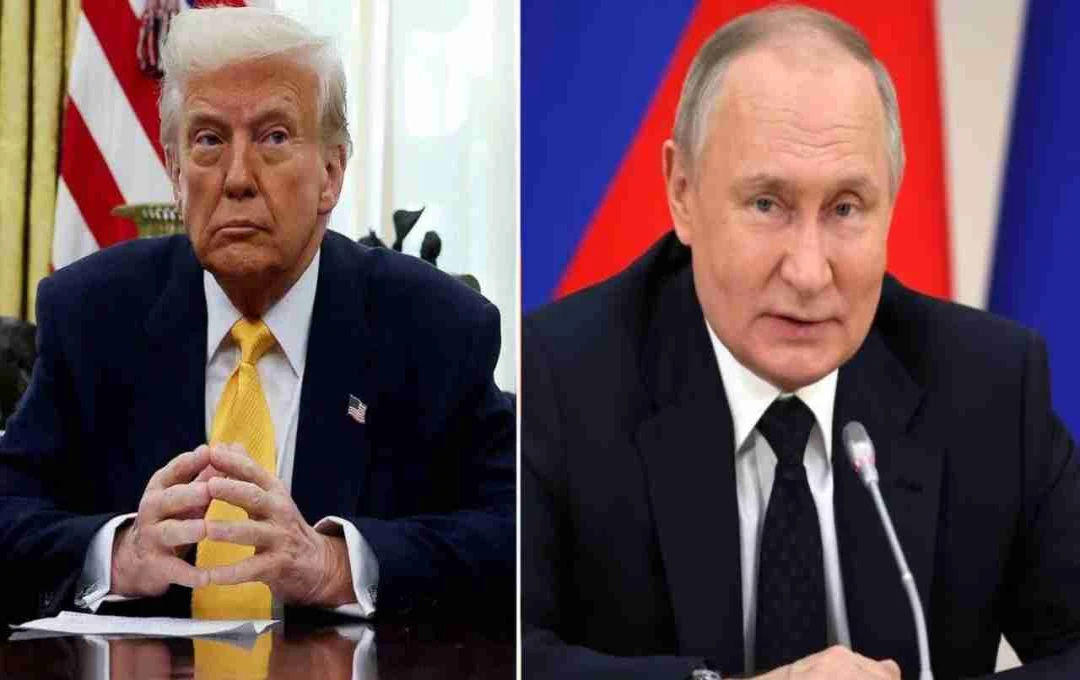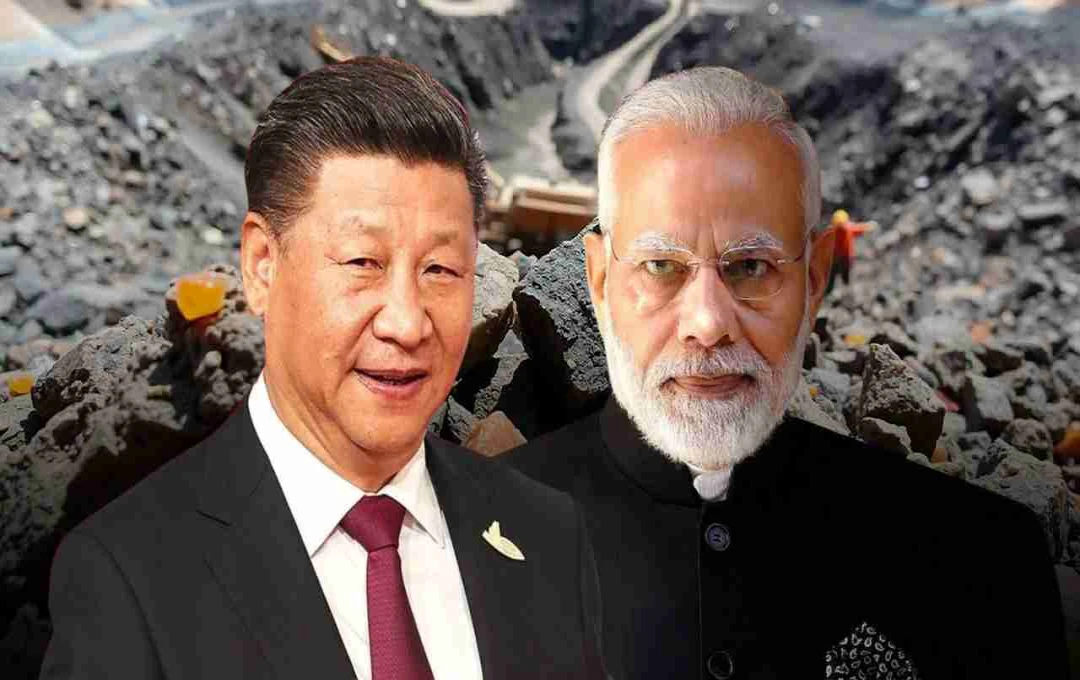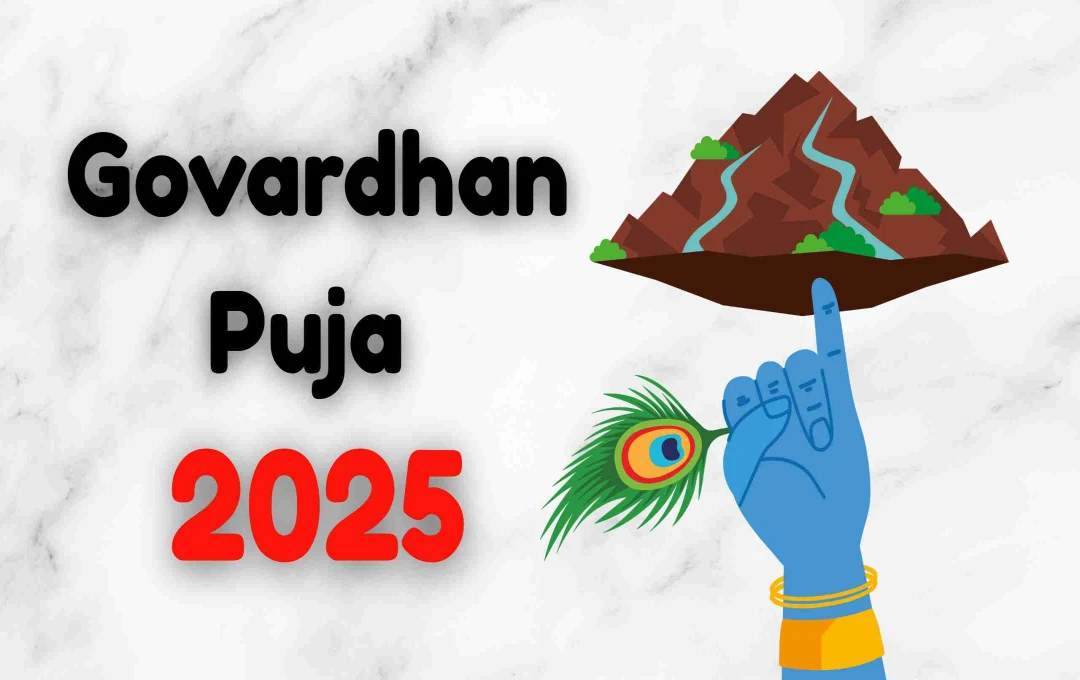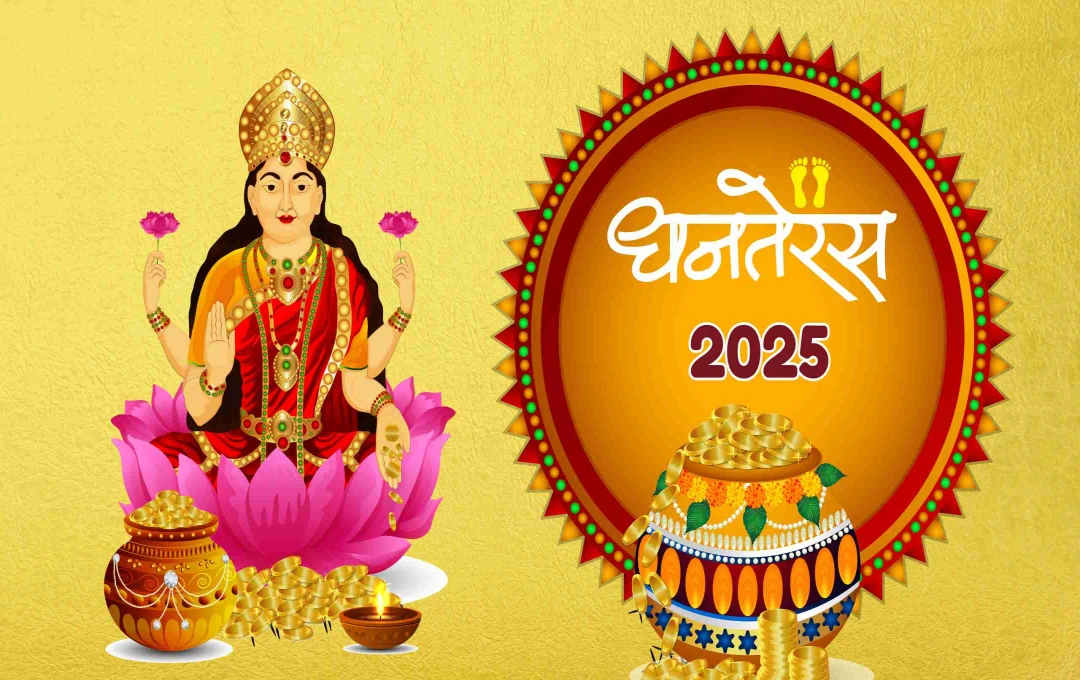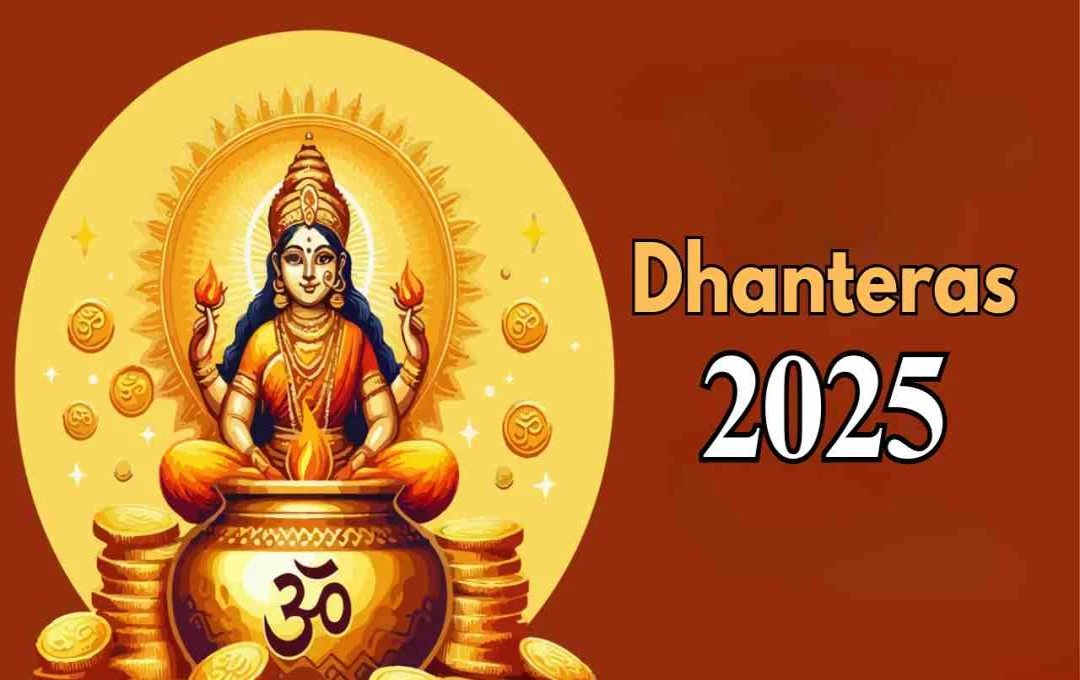India's e-commerce sector delivered an outstanding performance during the festive season of 2025. According to the Unicommerce report, there was an annual increase of 24% in order volume and 23% in GMV. Quick commerce recorded rapid growth of 120%, while marketplaces held a 38% share. FMCG, furniture, and beauty sectors also experienced robust sales.
E-commerce sector: India's e-commerce sector set a new sales record during the Diwali festive season of 2025. According to Unicommerce, there was an annual growth of 24% in order volume and 23% in Gross Merchandise Value (GMV) across platforms. Quick commerce registered the highest surge at 120%, while brand websites saw a 33% jump. Marketplace channels played a dominant role with a 38% share. During this period, FMCG, home decor, beauty, health, and pharma categories performed the best, with Tier-2 and Tier-3 cities contributing approximately 55%.
Quick Commerce Emerges as the Biggest Winner
The fastest growth in festive shopping was observed in quick commerce platforms. These apps are rapidly gaining popularity among people as they promise delivery in minutes. According to Unicommerce, this time quick commerce apps saw a year-on-year increase of 120% in order volume. This indicates that people are now showing greater trust in ordering small but essential items online.
During the festive season, quick commerce platforms witnessed the highest increase in sales of items like sweets, snacks, beverages, gift items, and home essentials. This clearly shows that consumers now prefer to order online for their needs rather than from traditional stores.
Marketplaces Remain Key E-commerce Channels
Marketplace channels maintained their dominance in the e-commerce market this time as well. The Unicommerce report indicates that marketplaces accounted for a 38% share of total purchases. Additionally, an 8% increase in order volume was recorded on these platforms.
According to the report, this analysis is based on over 150 million transactions recorded on Unicommerce's Uniware platform. These transactions occurred during the 25-day festive campaign in 2024 and 2025. The company stated that the 2025 Diwali season was the most successful period for the Indian e-commerce industry, witnessing significant customer participation.
Increased Demand for FMCG and Home Decor
Among the best-performing sectors during the festive season was the FMCG (Fast-Moving Consumer Goods) sector, related to daily necessities. Additionally, significant growth was recorded in sales of home decoration, furniture, beauty, health, and pharma categories. During festivals, people spent generously on decorating homes, buying gifts for themselves and their families, and self-care related items.
According to the report, Tier-2 and Tier-3 cities contributed approximately 55% of the total orders. This indicates that customers from smaller cities are also becoming increasingly active on e-commerce platforms and embracing digital shopping.
Highest Sales of Mobiles and Electronics on Flipkart
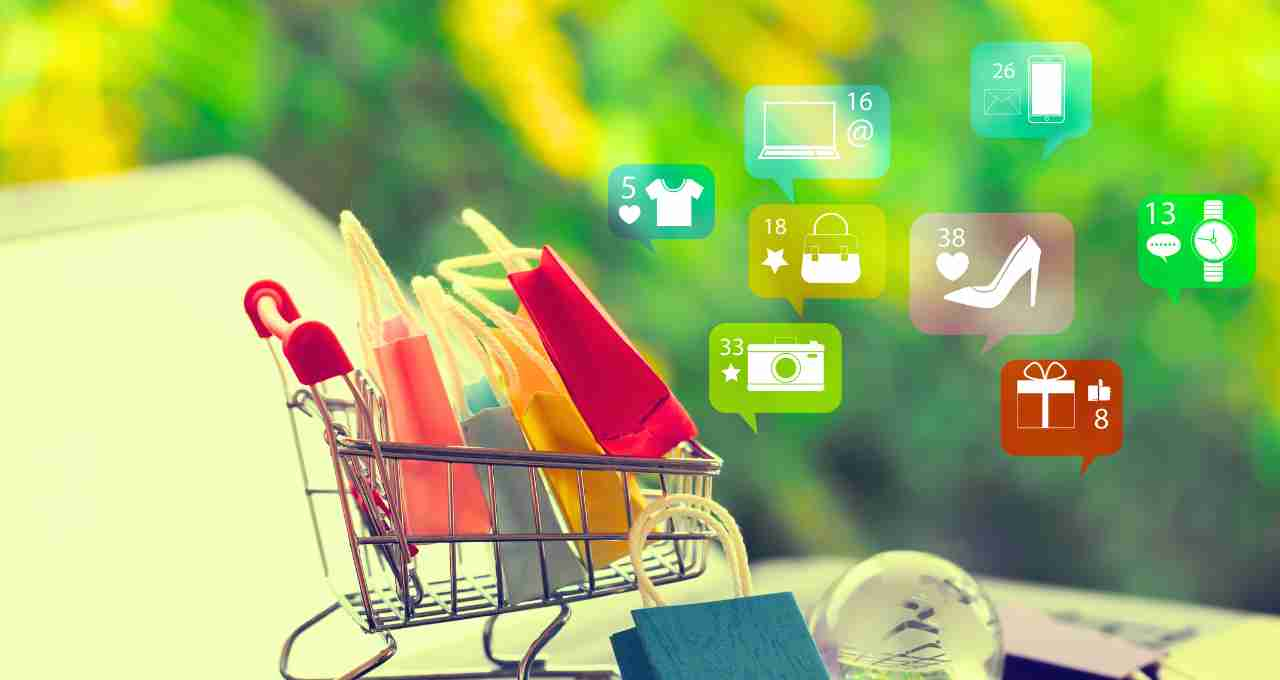
During the festive season, Flipkart set new sales records. According to the company, the best trends were observed in mobile, electronics, large home appliances, and fashion segments. Sales in these categories were significantly higher this time compared to last year.
Pratik Shetty, Vice President of Growth and Marketing at Flipkart, stated that during this season, customers prioritized better and higher-quality products across all categories. He added that the confidence and purchasing power of Indian consumers are growing, supported by the country's stable and progressive economy.
During the festivals, the company offered various deals and discounts, which customers greatly leveraged. Record surges in sales were observed for smartphones, LED TVs, refrigerators, washing machines, apparel, and accessories.
A Profitable Season for Companies
This festive season proved profitable for companies in the e-commerce sector. The Unicommerce report indicates that most platforms recorded record traffic and sales during this period. From marketplaces to direct brand websites, all performed well.
Sales on brand websites also saw a 33% increase, which is evidence that consumers are now showing interest in buying directly from brands.
